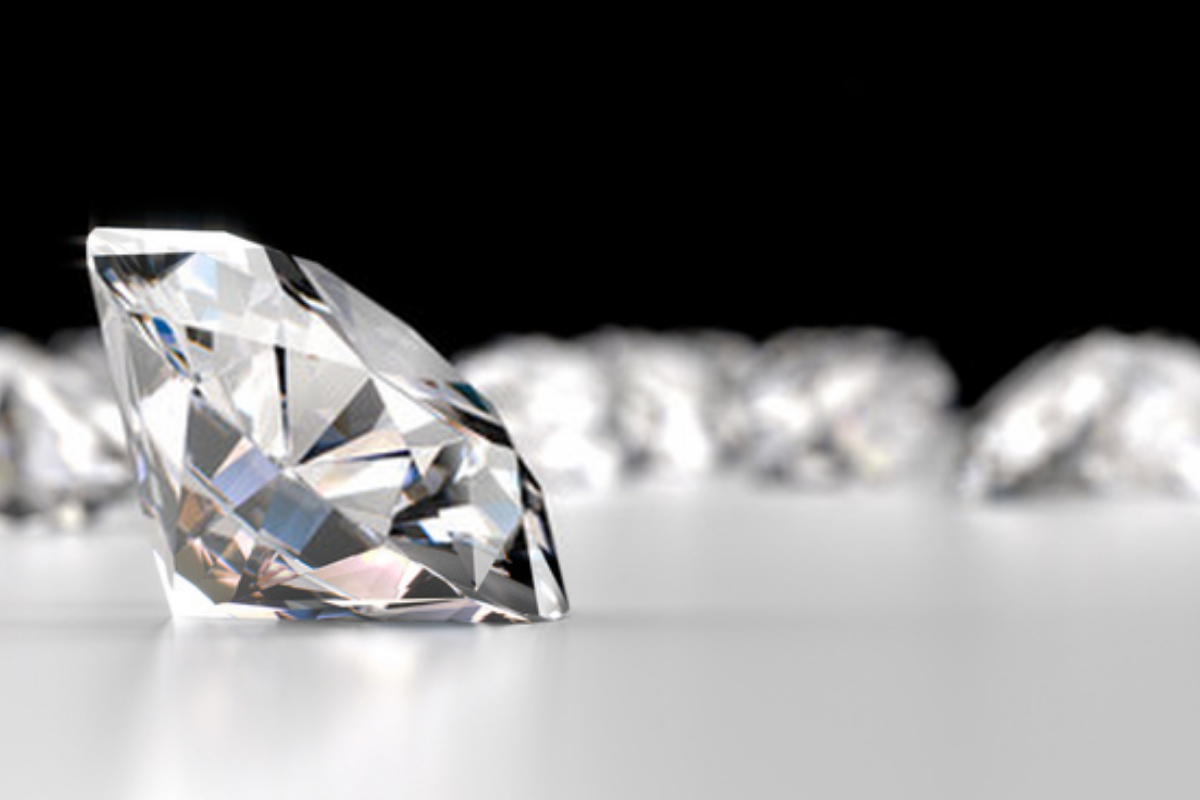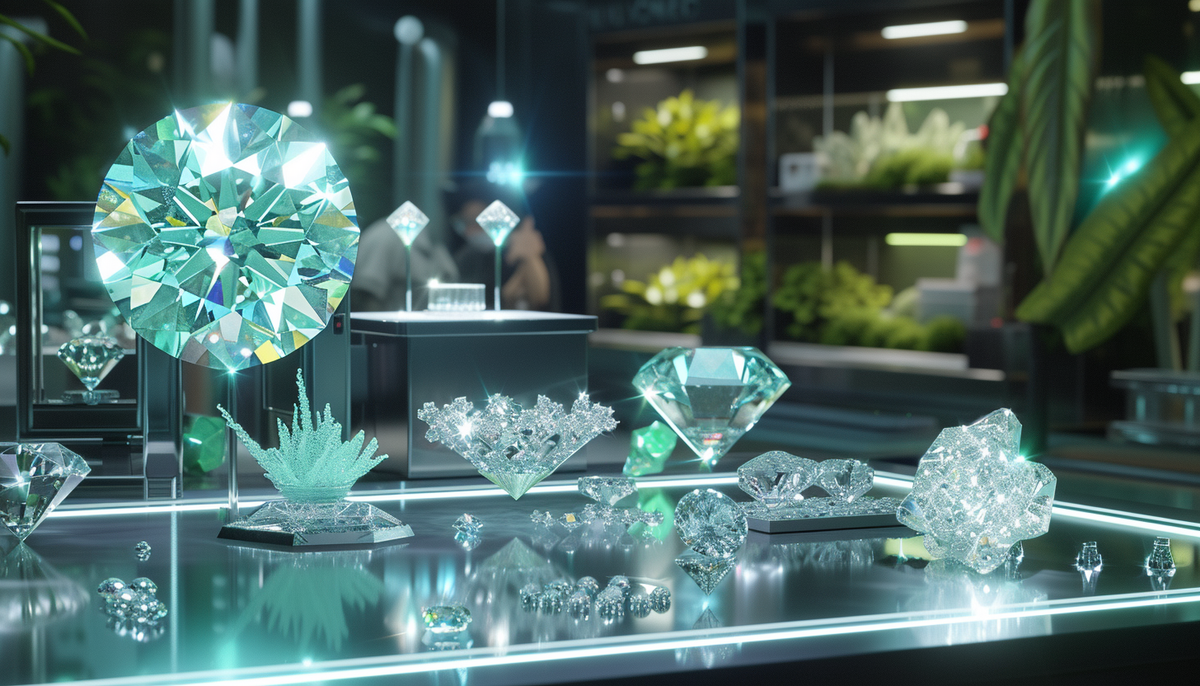In recent years, lab-grown diamonds have surged in popularity, captivating consumers across various cultures and lab diamonds. As a sustainable alternative to mined diamonds, these gems are not only ethically produced but also economically accessible. In this article, we will delve into the cultural significance of lab diamonds, their advantages, and the shifting perceptions surrounding them in different regions.
Table of Contents
The Cultural Significance of Diamonds
Historical Perspectives on Diamonds
Throughout history, diamonds have symbolized wealth, power, and eternal love. From ancient India, where diamonds were first discovered, to the lavish royal courts of Europe, these gems have adorned crowns and engagement rings alike. Traditionally, the allure of a diamond has been tied to its rarity and the prestige associated with its acquisition.
Changing Narratives in Modern Society
As we advance into a more conscious era, the narratives surrounding diamonds are evolving. Lab-grown diamonds are increasingly being recognized for their sustainable production methods and ethical sourcing. This shift is particularly evident among younger generations, who prioritize social responsibility over traditional luxury. In many cultures, the narrative of “luxury” is now being redefined to include sustainability and ethical considerations.
The Rise of Lab-Made Diamonds
What are Lab-Grown Diamonds?
Lab-grown diamonds, also known as synthetic diamonds, are created using advanced technological processes that replicate the natural conditions under which diamonds form. There are two primary methods for producing these gems: High Pressure High Temperature (HPHT) and Chemical Vapor Deposition (CVD). Both methods yield diamonds that are chemically identical to their mined counterparts but with a significantly lower environmental footprint.
Economic and Environmental Advantages
One of the most compelling aspects of lab-grown diamonds is their affordability. Typically priced 20-40% lower than natural diamonds, they provide an opportunity for consumers to purchase larger, higher-quality stones without the associated guilt of mining practices that can be harmful to both the environment and local communities. Furthermore, lab diamonds contribute to a more sustainable market, minimizing the ecological impact associated with traditional diamond mining.
Cultural Reception of Lab Diamonds
Western Perspectives
In Western cultures, lab-grown diamonds have gained considerable traction. The United States and parts of Europe have seen a marked increase in consumer acceptance. Major jewelry retailers are now offering lab-grown options alongside traditional diamonds, catering to the growing demand for sustainable luxury. Social media influencers and celebrities are also championing lab diamonds, contributing to their mainstream popularity.
Asian Markets and Lab Diamonds
In Asian markets, the perception of diamonds is often intertwined with tradition and cultural significance. Countries like India and China, where diamonds symbolize status and commitment, are beginning to embrace lab-grown alternatives. While there may be initial skepticism regarding their authenticity, educational campaigns are effectively communicating the quality and ethical benefits of lab diamonds.
The Impact of Cultural Narratives
Cultural narratives significantly influence consumer behavior. In cultures where diamonds are seen as an essential component of marriage, lab-grown options provide a modern twist on a timeless tradition. Couples can now express their commitment with stones that reflect both their love and their values. This evolving narrative is paving the way for greater acceptance of lab diamonds across various cultural landscapes.
Technological Advancements in Lab Diamond Production
Innovations in Creation Techniques
Advancements in technology have propelled the lab diamond industry forward. Enhanced methods of diamond creation allow for greater control over the quality and characteristics of the diamonds produced. Innovations such as improved CVD techniques enable the production of larger and higher-quality diamonds, further bridging the gap between lab-grown and natural options.
Quality Assurance and Certification
Quality assurance remains a crucial aspect of the lab diamond market. Many companies are now offering certification from reputable gemological laboratories, ensuring that lab-grown diamonds are evaluated based on the same criteria as natural diamonds. This commitment to transparency builds consumer trust and helps demystify the value of lab diamonds in a competitive marketplace.
Consumer Choices and Future Trends
Shifting Preferences in Jewelry Purchases
As consumers become more informed about the benefits of lab-grown diamonds, we are witnessing a shift in purchasing behavior. Engagement rings, once dominated by mined diamonds, are increasingly featuring lab-created stones. This trend reflects broader societal changes, as individuals prioritize values such as sustainability and ethical sourcing over conventional expectations.
The Future of Lab Diamonds in Various Cultures
Looking ahead, the future of lab diamonds appears promising. As awareness continues to grow, we anticipate increased adoption across various cultures. The ongoing dialogue about ethical consumerism will likely further propel the popularity of lab diamonds, encouraging more jewelers to diversify their offerings.
Conclusion: A New Era for Diamonds
In conclusion, lab made diamonds are redefining our understanding of what it means to own a diamond. As cultures worldwide embrace these sustainable gems, we see a bright future for lab diamonds, not just as an alternative to natural stones, but as a symbol of a more conscious and inclusive approach to luxury. By prioritizing ethical sourcing and environmental sustainability, lab diamonds are poised to become the gemstones of choice for generations to come.




